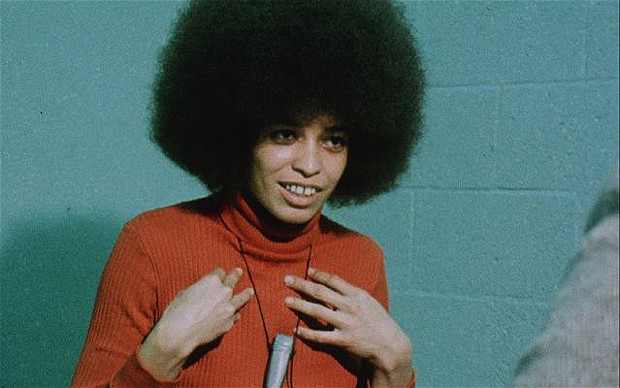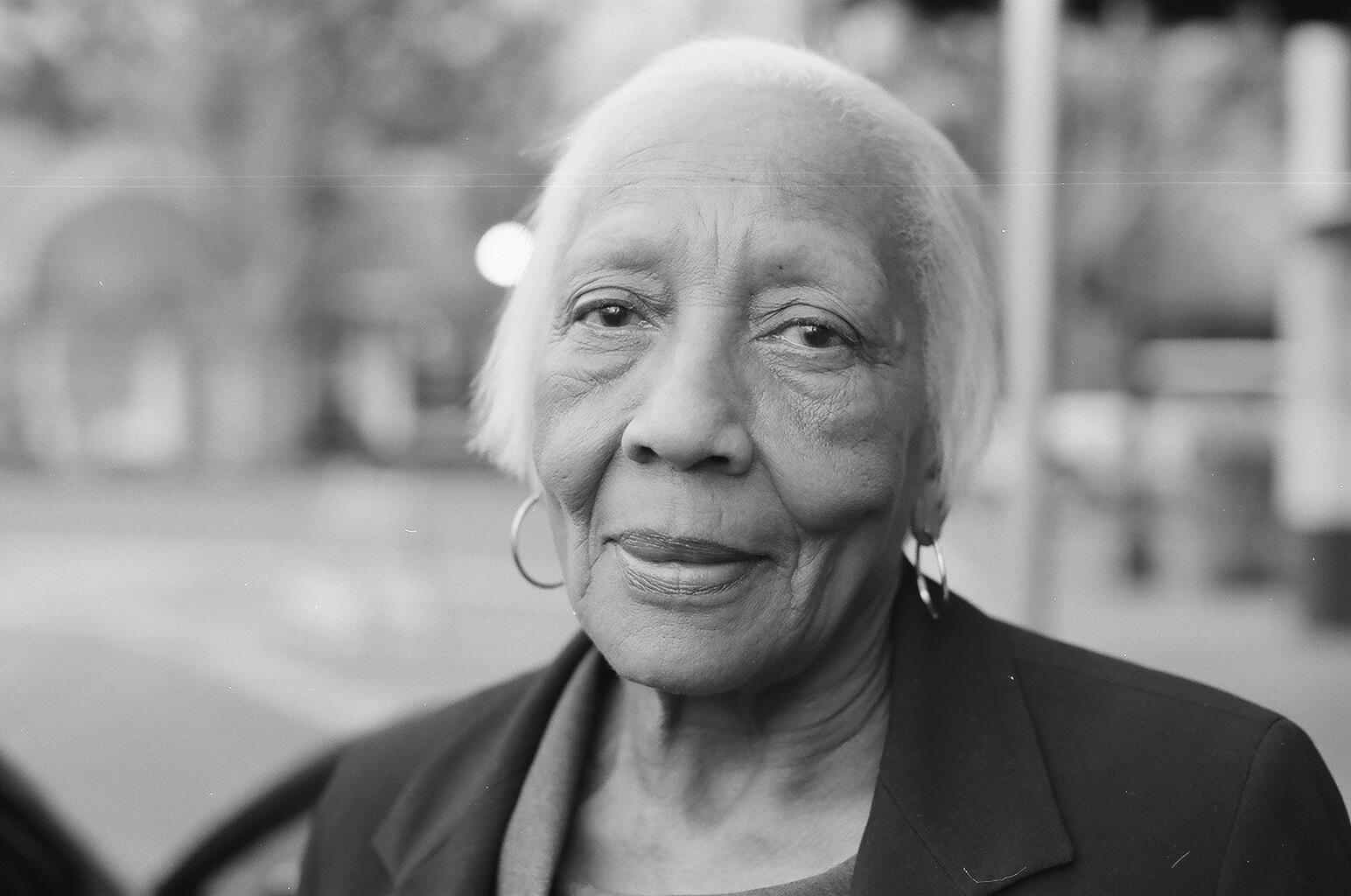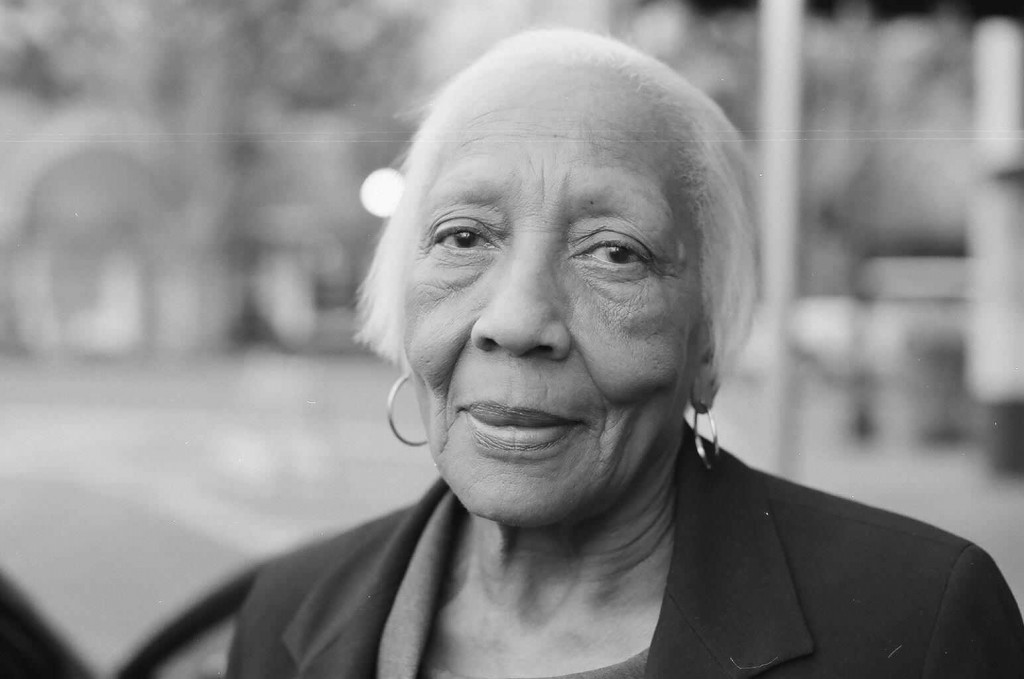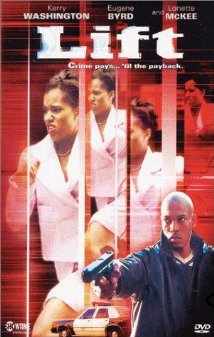Like a lot of people this past week and a half I’ve barely been able to tear myself away from Twitter, where I’ve read about and seen linked the latest video and audio from the protests in Ferguson, Mo. and the escalating and unconstitutional response from police, whose killing of an unarmed, Black 18-year-old for jaywalking–with no charges for or arrest of the white officer who shot him–sparked the protests in the first place. Today I was originally scheduled to review Freedom Summer, the acclaimed documentary about the nice, white people who, at the behest of Black activists, went into Black communities in Mississipi in 1964 to fight for civil rights. I may very well review that film in the future, but this week doesn’t seem the right one to do so, any more than a review of a film like Boyhood or Love Is Strange is something I want to read, let alone write.
A film that does seem eerily relevant right now is The Black Power Mixtape 1967-1975, a collection of vintage montage documentary footage (shot by a Swedish television crew: the film is directed by contemporary Swedish filmmaker Göran Olsson) of the Black Panthers and other Black activists plus interviews conducted with other people, some prominent, some not, from the Black community in the 60s and 70s. Audio that plays underneath some of these clips includes insightful commentary about the events of the time (and sometimes about the footage itself) from Ahmir Questlove Thompson (of The Roots and the Jimmy Fallon show), Erykah Badu, Robin Kelley, Sonia Sanchez, Abiodun Oyewole (of The Last Poets) and Talib Kweli among others as well as surviving Black activists from the 60s like Angela Davis and Kathleen Cleaver.
Of course much has changed since the film was shot: the streets of Harlem are now filled with white gentrifiers displacing the Black families we see in the footage on stoops and sidewalks. But some of the film is startlingly current. Everyone who has called for “peace” in Ferguson this week should watch the interview with Stokely Carmichael in which he tells the cameras that nonviolence as a strategy (as the former Chair of SNCC he was well-versed in its theory and practice) doesn’t work if the oppressor doesn’t have compassion for those who are nonviolently resisting–and even though, as Abiodun Oyewole points out, “There wouldn’t be an America if it wasn’t for Black people,” the U.S., even now, doesn’t seem to have much compassion for its Black people.

Although he sweetly interviews his own mother in one sequence, Carmichael (who coined the term “Black Power“) in an infamous quote said the position of women in the movement should be “prone.” But some of the best moments in Mixtape come from women activists, especially Angela Davis, whom we see on trial for a conspiracy charge with flimsy evidence (she was later acquitted).
When asked about the “violence” of the Black Power movement Davis recounts the Birmingham church bombing which directly affected her family, because her mother was a teacher to one of the girls who was killed and a friend to one of their mothers. Davis’s mother accompanied this woman to the church after the explosion–where they both saw the body parts strewn all over the site. That night Davis’s father and other men from the community got their guns and formed a citizen patrol to protect their families. Davis concludes, her distinctive musical voice brimming with emotion, “When someone asks me about violence, I find it incredible. Because what it means is that the person who’s asking that question has absolutely no idea what Black people have gone through… have experienced in this country.” Davis and others state that her trial was a deliberate attempt by the state to make her, as a prominent Black activist, an example to others: to either kill her (the crimes of which she was accused were death penalty offenses) or imprison her for a very long time, a telling detail now when 38 percent of the U.S. prison population is Black, as is 42 percent of those on Death Row.
The Black Panther party of the 1960s is largely vilified now, but the film reminds us that they were the ones who started the practice of giving children free breakfast, which the U.S. government, perhaps embarrassed by the efforts of a group it had demonized, co-opted and continues to this day–albeit with budget cuts from Republicans and so-called “centrist” Democrats. We see the need for this aid clearly in the film when a mother sends her children off to school (in clothes I recognized as similar to my own wardrobe in first grade) with only dry cereal to eat (they have no milk in the house), telling one of the younger ones it’s “like a cookie.”
The 70s fashions aren’t the only aspect that mark the film as a product of its time. Most of the activists in interviews speak of “revolution” as an inevitability, like they are expecting it to stop by the Monday after next, but just as with the feminist movement, the queer rights movement and the Occupy movement some things improved, some things got worse and a lot stayed the same. The big, radical change never happened.

Much of the film serves as a meditative time capsule. Drugs play a prominent part in the later footage, not the happy, white hippies of the ’60s taking LSD and smoking pot, but Black men drafted as soldiers who come back from Vietnam addicted to heroin, and J. Edgar Hoover’s FBI letting drug traffic run rampant in the areas designated as Black “ghettos.” J. Edgar Hoover has been dead for a long time, but neighborhoods where most of the residents are black and brown people are still more likely to be affected by drug activity and the violence that comes with it. We also see confessional footage from a woman who was formerly a heroin addict, telling of her debasement while she was using. Like some recent films the Swedish television crew can’t resist, in this clip, presenting Black suffering as entertainment, just as the mainstream media has made available for public consumption countless photos of Michael Brown’s mother in anguished grief.
One thing has changed: the (white) crew during the 60s were free to film and stand without impediment alongside the radicals we see openly talking about “revolution”, even one, like Davis, on trial for serious charges. Now media trying to let the world know what’s going on in Ferguson are shoved, arrested, and gassed. What Erykah Badu says toward the end of the film about the past could also apply now: “We have to document our history. If we gonna tell the story, let’s tell the story right.”
[youtube_sc url=”http://www.youtube.com/watch?v=jFWHNpfjByQ”]
__________________________________________________
Ren Jender is a queer writer-performer/producer putting a film together. Her writing. besides appearing every week on Bitch Flicks, has also been published in The Toast, RH Reality Check, xoJane and the Feminist Wire. You can follow her on Twitter @renjender.







